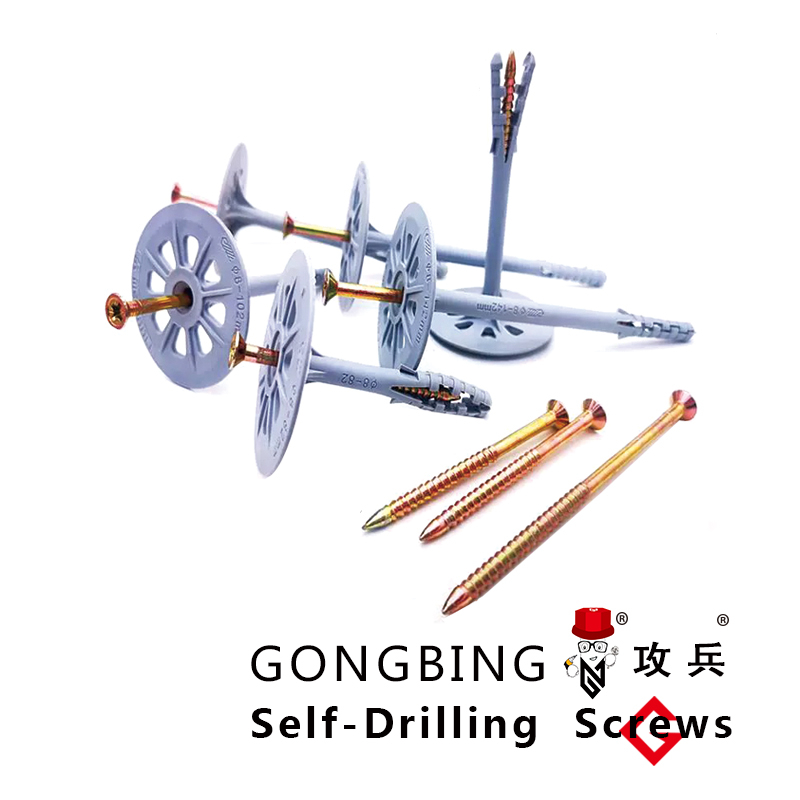Understanding the Functionality and Importance of Anchor Foundation Bolts in Construction
The Importance of Anchor Foundation Bolts in Structural Engineering
Anchor foundation bolts are crucial components in the field of structural engineering. They play a vital role in securing various structures to their foundations, ensuring stability, safety, and longevity. This article will delve into the significance, types, applications, and installation of anchor foundation bolts.
Significance
Anchor foundation bolts are designed to transfer loads from structures to their foundations effectively. This functionality is particularly important in areas prone to seismic activity or adverse weather conditions, where the integrity of structures can be compromised. These bolts prevent lateral movement, uplift, and settlement by providing a robust connection between the foundation and the structure, helping to maintain the overall structural integrity.
Moreover, they are essential in mitigating risks associated with vibrations, which can arise from machinery or environmental factors. By anchoring structures firmly to their foundations, these bolts contribute to minimizing wear and tear, ensuring that buildings, bridges, and other infrastructure remain safe for use.
Types of Anchor Foundation Bolts
There are various types of anchor foundation bolts, each tailored for specific applications
1. Straight Anchor Bolts These are the most common type, featuring a simple design that allows for easy insertion into concrete foundations.
2. L-shaped Anchor Bolts These bolts are bent at a right angle, providing additional resistance to uplift and rotational forces.
anchor foundation bolt

4. Epoxy-coated Bolts For corrosive environments, epoxy-coated bolts provide enhanced durability, preventing rust and degradation over time.
5. Expansion Bolts These bolts expand upon insertion, gripping the surrounding material tightly, making them ideal for situations where a strong hold is needed.
Applications
Anchor foundation bolts have diverse applications across various sectors. In commercial construction, they are used to anchor steel columns and support beams, ensuring that these elements are securely fastened to the foundation. In residential buildings, anchor bolts are vital for attaching sill plates to poured concrete foundations, providing the necessary strength to resist seismic forces.
In addition to traditional building applications, anchor bolts are also critical in the erection of wind turbines, communication towers, and large machinery installations where stability is paramount. Their ability to anchor structures in challenging environments makes them indispensable in modern engineering.
Installation
The installation process for anchor foundation bolts requires careful planning and execution. First, a precise layout is established based on engineering specifications. Holes are then drilled into the foundation material, and the bolts are either cast into place (during the pouring of concrete) or inserted after the concrete has cured, depending on the design requirements.
Proper torqueing and alignment are crucial during installation to ensure the bolts will perform as intended. Engineers and construction crews must adhere to specific guidelines to certify that the bolts can adequately handle the loads they will encounter throughout the structure's lifespan.
Conclusion
Anchor foundation bolts are fundamental to the safety and effectiveness of various structures. Their ability to provide stability against numerous forces makes them invaluable in construction. By understanding the types, applications, and proper installation techniques of anchor foundation bolts, engineers can ensure that structures are built to last, safeguarding both human life and investments. As technology evolves, so too will the methods and materials used for anchor foundation bolts, further enhancing their effectiveness in the ever-changing landscape of structural engineering.
-
Weatherproof Plastic Expansion Anchors for OutdoorNewsJun.06,2025
-
Sustainability in the Supply Chain: Eco-Friendly TEK Screws ProductionNewsJun.06,2025
-
Load-Bearing Capacity of External Insulation FixingsNewsJun.06,2025
-
Double Head Bolts: Enhancing Efficiency in Industrial MachineryNewsJun.06,2025
-
Corrosion Resistance in Chipboard Screws: Coatings for Wholesale DurabilityNewsJun.06,2025
-
Butterfly Toggle Bolts : Enhancing Structural ResilienceNewsJun.06,2025
